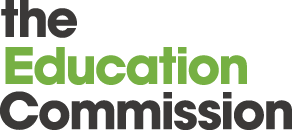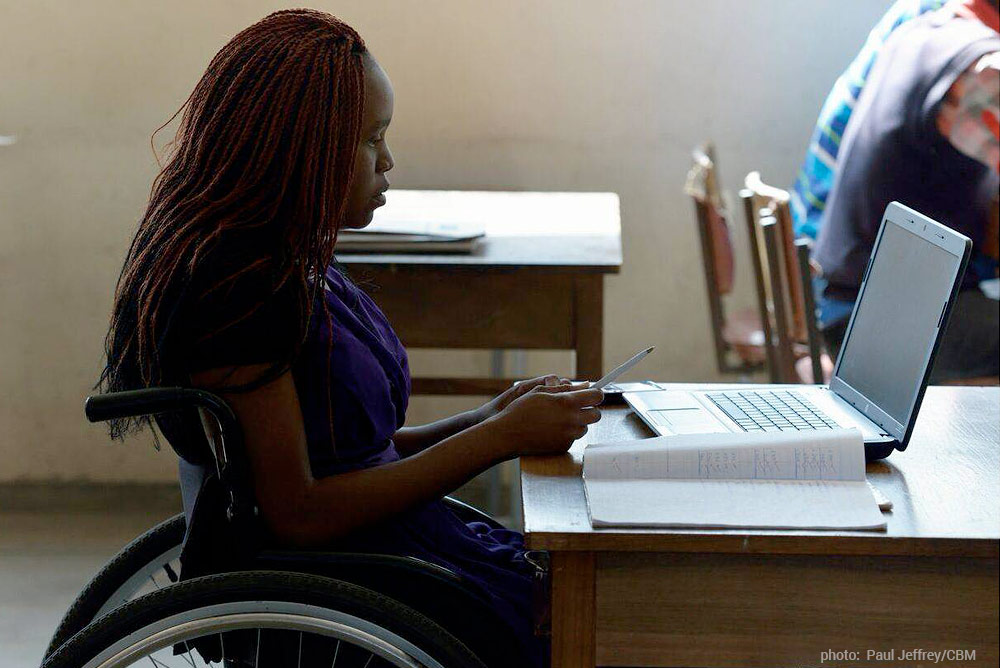Consultation Findings: Handicap International UK
With technology evolving at such a fast pace, donors have started to take notice of the potential for leveraging information and communication technology (ICT) in education. The potential is not just in developed countries but also in developing countries where innovative literacy initiatives are on the rise. However, not enough attention has been focussed on the use of ICT for inclusive education for learners with disabilities. Yet, the application of ICT in this area has the potential to break down many barriers to learning commonly experienced by learners with disabilities and other learning difficulties, enabling them to access mainstream classes.
By optimising the way they use ICT in the classroom, teachers can adapt their lessons and present information in accessible formats, depending on the learner’s needs so that every student can participate with a true sense of equality. Many people think that creating accessible formats simply refers to adjustable font sizes or braille, but there is so much more to it than that. For example, students with speech, language and communication impairments may need text to be presented as symbol-supported text or they may need to use picture-based communication systems or text/picture-to-voice applications. Face-to-face chat options and video record options allow sign language users to communicate with each other. Curriculum materials can be produced in audio format and voice commands or speech-to-text applications to make it easier for those with literacy and/or physical challenges to manipulate the computers and express themselves.
Unfortunately, in most low-income countries, only 5 to 15 percent of the people who need assistive technology are able to obtain it. This is a shocking statistic, given that technology has spread so fast in other walks of life. There are now more mobile phones than people and according to a recent Pew Research Center study of six sub-Saharan African countries, 65 percent of adults owned a mobile phone.
One of the biggest challenges to leveraging technology for inclusive education has been cost. Commercially available screen-reading or symbol-generating software can be life-changing for learners with disabilities. But they are also very expensive for many people, so it can be difficult to convince governments and agencies to prioritise their funding.
However, there is encouraging news. The most recent World Health Organization-recommended list for priority assistive products includes many of these technologies, such as applications for smart phones, braille display notetakers and communication software. In addition, the costs for many of these technologies and applications are starting to fall.
Another promising development is the emergence of free open-source technologies that promote the concept of universal access to assistive devices and ICT. Most new tablets, smart phones and laptops come standard with access technologies. This means that there is no reason why learners with disabilities should not learn alongside their non-disabled peers, and ICT in inclusive education really shouldn’t be seen as something extra, but rather as something universal and as standard educational practice.
There is an emerging strategy currently being developed to increase access to ICT, which has great potential for increasing inclusive education. The strategy has three drivers: “kit,” “content” and “confidence.” “Kit” refers to the devices you need for accessing information using ICT. “Content” refers to the materials we need to access in an accessible form. Formerly these were textbooks in hard copy, but now they are in electronic form so that they can be accessed flexibly in braille, large print or synthesised speech as required. And “confidence” refers to the skills needed to use this kit and content with confidence, both on the part of users and trainers. Hopefully implementing such a strategy will be successful globally and ensure that learners with disabilities across the world will have better access to inclusive education.
Julia McGeown is an Inclusive Education Technical Advisor at Handicap International UK. Colin Low, Lord Low of Dalston, is President of the International Council for Education of People with Visual Impairment.

